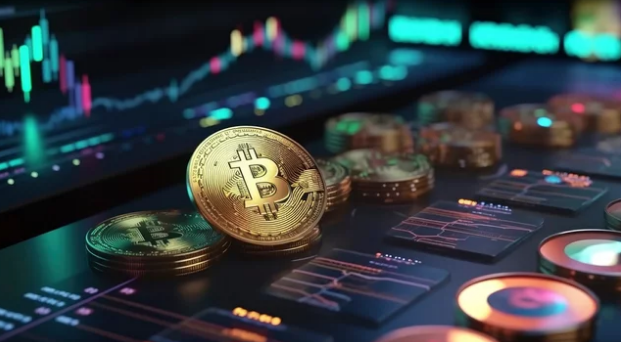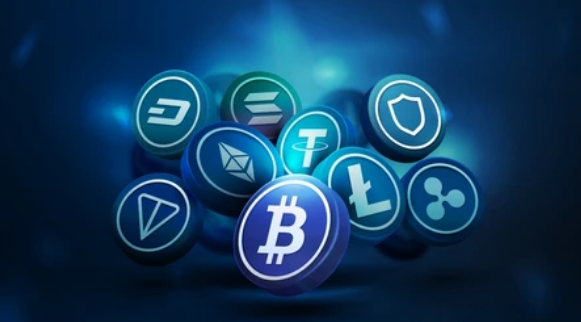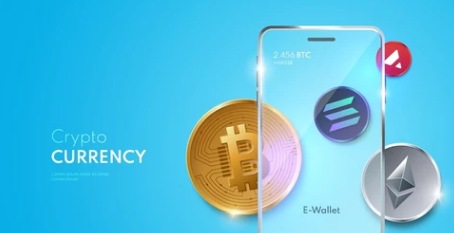Ethereum is the second-largest cryptocurrency by market capitalization and the backbone of decentralized applications (dApps), non-fungible tokens (NFTs), and decentralized finance (DeFi). But as demand for Ethereum grew, so did its challenges—high gas fees, slow transaction speeds, and scalability limitations.
To solve these issues, the Ethereum community launched Ethereum 2.0, also known as “Eth2” or “the Merge.” This upgrade represents one of the most ambitious overhauls in blockchain history. But what exactly makes Ethereum 2.0 different from the original version?
Let’s dive deep into the changes, benefits, and impact of Ethereum 2.0.
What Is Ethereum 2.0?
Ethereum 2.0 is a major upgrade to the Ethereum blockchain aimed at improving its scalability, security, and sustainability. It replaces Ethereum’s original Proof of Work (PoW) consensus mechanism with a more efficient Proof of Stake (PoS) model.
The upgrade has been rolled out in phases:
- Beacon Chain (2020): Introduced Proof of Stake and ran alongside Ethereum’s mainnet.
- The Merge (2022): Combined the Beacon Chain with the mainnet, officially transitioning Ethereum from PoW to PoS.
- Future Upgrades (Sharding & Rollups): Will enhance scalability and allow Ethereum to handle thousands of transactions per second.
Key Differences Between Ethereum and Ethereum 2.0
1. Consensus Mechanism: Proof of Work vs. Proof of Stake
- Ethereum 1.0 (PoW): Miners solved complex puzzles to validate transactions. This required massive computing power and consumed huge amounts of electricity.
- Ethereum 2.0 (PoS): Validators replace miners. They stake ETH to secure the network and are rewarded for honest participation. This reduces energy consumption by over 99%.
👉 Impact: Ethereum is now far more eco-friendly, scalable, and cost-efficient.
2. Energy Efficiency
One of the biggest criticisms of Ethereum 1.0 was its energy use. Ethereum mining consumed as much electricity as a small country.
Ethereum 2.0 slashed energy consumption by moving to PoS, making it a green blockchain alternative that appeals to environmentally conscious investors and regulators.
3. Transaction Speed and Scalability
- Ethereum 1.0: Could handle around 15–30 transactions per second (TPS).
- Ethereum 2.0 (with upgrades): Expected to process up to 100,000 TPS once sharding and rollups are fully implemented.
👉 Impact: Lower fees, faster confirmations, and the ability to support millions of users worldwide.
4. Sharding Technology
- Ethereum 1.0: All transactions and smart contracts were processed on a single chain, causing congestion.
- Ethereum 2.0: Introduces sharding, where the blockchain is split into multiple smaller chains (shards) that process transactions in parallel.
👉 Impact: Massive scalability boost, allowing Ethereum to compete with global payment systems like Visa and Mastercard.
5. Security Enhancements
Ethereum 2.0 improves security by requiring validators to stake ETH. If they act dishonestly, they risk losing their staked assets. This creates a strong economic incentive for honesty and network integrity.
6. Inflation and Tokenomics
- Ethereum 1.0: Issued new ETH through mining rewards, contributing to inflation.
- Ethereum 2.0: ETH issuance has decreased, and the burning mechanism (EIP-1559) removes ETH from circulation. Together, these changes make ETH potentially deflationary over time.
👉 Impact: ETH could become more scarce, increasing its long-term value.
Benefits of Ethereum 2.0
- Eco-Friendly Blockchain – Energy use reduced by more than 99%.
- Lower Transaction Fees – More scalability means cheaper gas fees.
- Faster Processing – Higher TPS makes dApps and DeFi more efficient.
- Stronger Security – Proof of Stake reduces attack risks.
- Investor Appeal – Staking rewards attract long-term holders.
- Deflationary Potential – ETH supply may decrease, boosting scarcity.
Challenges and Criticisms of Ethereum 2.0
While Ethereum 2.0 is a groundbreaking upgrade, it is not without challenges:
- Centralization Concerns: Large holders (whales or institutions) may dominate staking, reducing decentralization.
- Technical Complexity: Sharding and scaling solutions are still being developed and may face delays.
- Competition: Other blockchains like Solana, Cardano, and Avalanche already offer faster, cheaper transactions.
- Transition Risks: The long migration process may cause unforeseen vulnerabilities.
Ethereum 2.0 vs. Competitors
- Solana: Faster and cheaper, but less decentralized.
- Cardano: Energy-efficient from the start, but still building adoption.
- Avalanche: Offers high speed but hasn’t matched Ethereum’s developer activity.
👉 Ethereum 2.0’s biggest advantage is its network effect—it already powers the largest ecosystem of dApps, DeFi, and NFTs.
Should You Invest in Ethereum 2.0?
Ethereum 2.0 makes ETH more attractive for both users and investors:
- Stakers: Earn passive income by staking ETH.
- Traders: Benefit from lower fees and faster transactions.
- Long-Term Investors: Gain from ETH’s potential deflationary model.
However, as with any investment, risks remain. ETH’s price will still fluctuate, and new competitors may emerge.
Final Thoughts: Why Ethereum 2.0 Matters
Ethereum 2.0 is not just an upgrade—it’s a transformation. By shifting from Proof of Work to Proof of Stake, introducing sharding, and focusing on scalability, Ethereum has positioned itself as the foundation for Web3, decentralized finance, and the future of the internet.
The upgrade solves critical issues of energy consumption, speed, and costs, making Ethereum stronger than ever. While challenges remain, Ethereum 2.0 sets the stage for a blockchain that is sustainable, scalable, and globally accessible.





